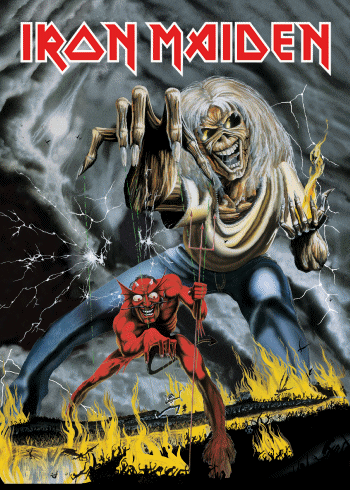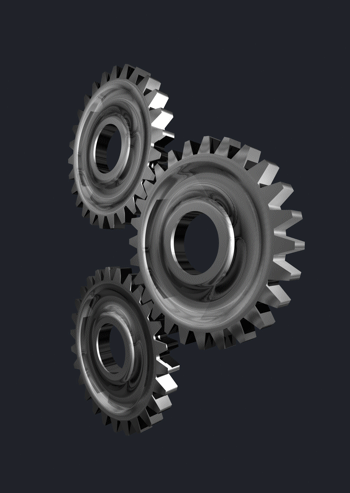Lenticular Druck
Von Wackelbild bis Großformat
Wir drucken Lenticular für höchste Ansprüche! Visitenkarte, Wackelbild, Sonderformate, Poster, Großformat mit 2 x 3 Meter und auch aus mehreren Tafeln zusammengesetzte Displays für Wand- Boden- und Decken- Gestaltung. Unsere Spezialisten unterstützen Sie in den mitunter speziellen Fragen des Lenticular-Designs und drucken alle Effekte in hohen, mittleren, kleinen Auflagen und gerne auch als Einzelstück in Galerie Qualität.
Nur perfekt ist wirklich gut!
Wenn möglich, drucken wir auf Linsenraster Materialien, die für den gewünschten Effekt optimal abgestimmt sind. Selten benutzen wir die von anderen Druckereien oft als „klassisch“ bezeichneten (zwar preiswerten, dafür aber wenig spezifischen) Standard Lenticular Folie und Platten. Unsere Offset-Drucke zeichnen sich deshalb durch maximale Detailtreue, brillante Farben, perfekte Phasentrennung bei Flip und Animation und durch beeindruckend tiefe und scharfe 3D Darstellungen aus. Bei Großformaten drucken wir Wechselbilder, Animationen und 3D bis maximal 2 Meter x 3 Meter „am Stück“ und auch größere, dann aber aus mehreren Tafeln zusammengesetzte, Formate. Unsere 3D Großformate können (je nach Motiv) mehrere Meter Tiefe haben! Animationen und Flips sind trennscharf und präzise. Wir sind der Ansicht, dass der hohe Aufwand einer Lenticular Produktion sich nur durch den Erfolg vor dem Betrachter oder Kunden rechtfertigen lässt. Um dieses Ziel in unserer medial gesättigten Welt zu erreichen, um den Fokus des Betrachters für die durch das Bild übermittelte Botschaft wirklich zu erhalten, muss das Ergebnis perfekt und beeindruckend sein.
3D Lenticular Poster
Tour-Poster der britischen Hard-Rock-Band IRON MAIDEN.
2Dzu3D Konvertierung mit 3DZ Lenticular Software.

3D Bild Erstellung
Wir erstellen 3D Bilder (und Druckdaten) aus angelieferten 2D Vorlagen. In Ebenen oder als volumetrische 2Dzu3D Konvertierung. Im besten Fall stellen Sie uns eine Datei mit Ebenen zur Verfügung. Sollte solch eine Datei nicht existieren, genügt uns auch ein einfaches hochaufgelöstes 2D Bild. Wenn es darum geht, einen real existierenden Gegenstand in 3D darzustellen, fotografieren oder scannen wir Ihr Objekt REAL-3D in unserem Atelier. Existiert der Gegenstand (z.B. eine Architektur in Planung oder ein Geländemodell) nur im virtuellen Raum, liefern Sie uns eine OBJ Datei, aus der wir den 3D Datensatz rendern.
Flip / Wackelbild, Animation, etc
Sie liefern uns 2 Bilder oder eine Folge von Bildern, aus denen wir den gewünschten Effekt erstellen. Bei Zoom, Morph und anderen animierten Formaten gilt gleiches. Wir akzeptieren auch Video Formate als Datenquelle, weisen aber darauf hin, dass Auflösung und Qualität von Videos allgemein eher gering sind und sich solche Datenquellen daher nur für kleinere Druckgrößen gut eignen.

Handmuster Angebot
Nicht alles, was in der Vorstellung oder auf dem Bildschirm gut aussieht, lässt sich auch in gleicher Weise in einem Lenticularbild darstellen. Nehmen Sie deshalb im Vorfeld einer Produktion unseren Prototypen-Service in Anspruch. Schicken Sie uns dafür einfach Ihre Bilder. Wir drucken ein Muster, an dem Sie alle Eigenschaften des finalen Produkts beurteilen können. So können Sie bereits in der Gestaltungsphase die Voraussetzungen für ein bestmögliches Druckergebnis schaffen.
Lentikulardruck, in Ihrem Auftrag
Für eine Produktions- und Preis- Anfrage füllen Sie bitte folgendes Formular aus. Für nicht-kommerzielle Projekte, z.B. private Einladungs- und Grußkarten, haben wir Sonderpreise. Erfragen Sie unsere Rabatte für Studenten, Schüler und anerkannte Bildungsstätten.